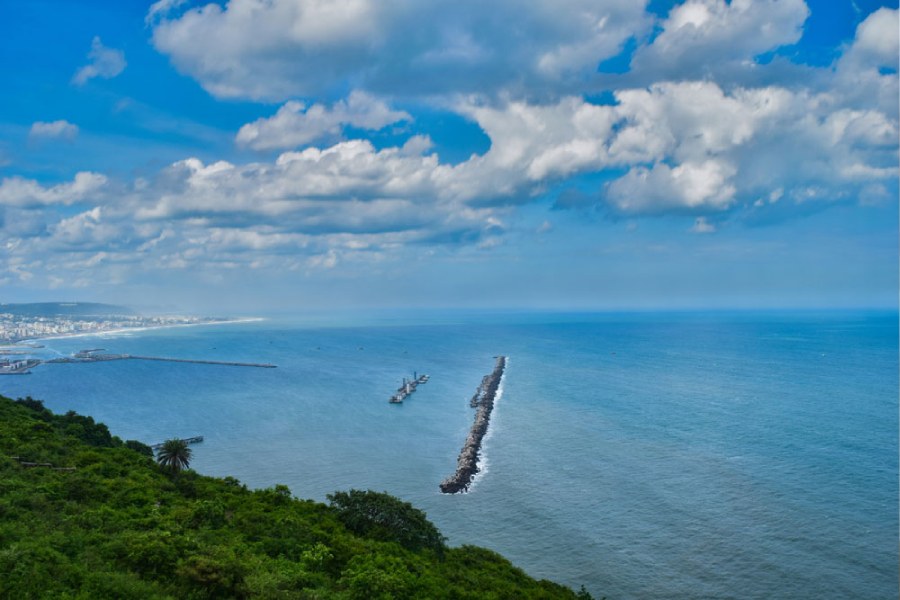The World Meteorological Organisation (WMO) on Tuesday published a report that showed the sea level of the Bay of Bengal had risen nearly 30 per cent higher in the past three decades, compared to the global average.
The report titled, The State Of The Climate in Asia 2023, also said the rise in the temperature in Bengal and adjoining regions was highest in the country, alongside some northern states.
According to the findings, Asia was the world’s most disaster-prone region in 2023 with floods causing the most casualties and economic losses and the impact of heat waves becoming more severe.
“WMO findings say it all, I have nothing to add,” said Mrutyunjay Mohapatra, director general of meteorology in the India Meteorological Department (IMD) and also a vice-president of the WMO, told The Telegraph when asked about Bengal’s climate vulnerability in particular and India’s in general.
“In India, severe heat waves in April and June resulted in about 110 reported fatalities due to heatstroke. A major and prolonged heat wave affected much of South-East Asia in April and May, extending as far west as Bangladesh and eastern India …with record breaking temperatures,” read the report.
A close look at the report shows that the average temperature in 2023, compared to the average of 1991-2020, increased in the range of 0.5 to 1 degrees Celsius in eastern India, especially in the whole of Bengal and parts of Jharkhand and Bihar; and in northern states like Uttarakhand, Uttar Pradesh, Himachal Pradesh, Delhi, Rajasthan, Jammu and Kashmir, Ladakh and Punjab; almost in consistency with the global temperature rise during the period.
“The annual mean near-surface temperature over Asia in 2023 was the second highest on record, 0.91°C … above the 1991–2020 average,” reads the global report. The latest Assessment Report 6, published by the United Nations, shows that most south Bengal towns will likely have a maximum temperature close to 50 degrees Celsius by 2081-2100 if global carbon emission is not controlled at the earliest.
The sea level rise during the period from January 1993 to May 2023 as calculated through satellite measurements was 4.44mm per year in the Bay of Bengal — about 30 per cent higher than the global average of 3.4mm during the period — and only second to western tropical Pacific region which rose at 4.53mm per year.
The Union government had informed Parliament recently that the Sunderbans coast, near Diamond Harbour, had the highest sea level rise in the country.
“The data tally broadly with our finding but several factors often play in tandem to push the relative sea level rise — the increase in the water level compared to subsiding land — often to around 12mm in the Sunderbans,” said Sugata Hazra, an oceanographer and a Sunderbans expert.
“If Dubai, a city with infrastructural marvel, struggles to cope with disasters as we found recently, how can we expect the poor and the underprepared people in the Sunderbans to withstand the cascading impacts of climate change,” asked global climate expert Harjeet Singh.
Singh said the WMO report should act as a wake-up call for organising financial and other support to compensate for the loss and damage already incurred by the hapless Sunderbans community.










